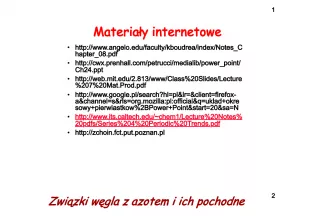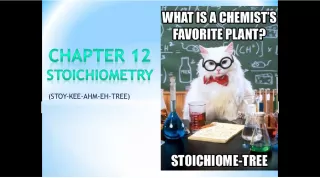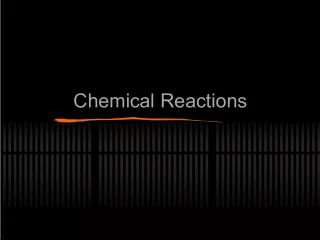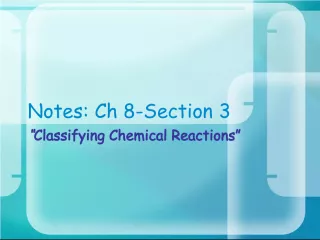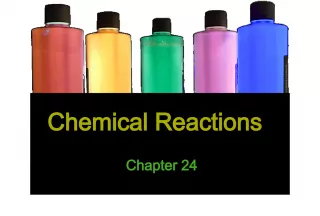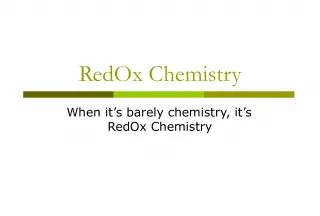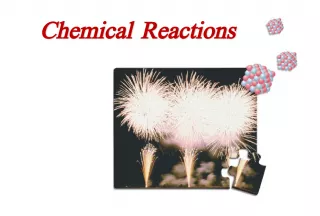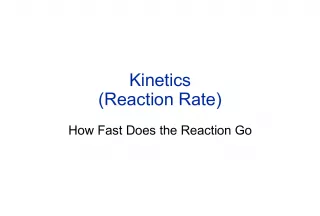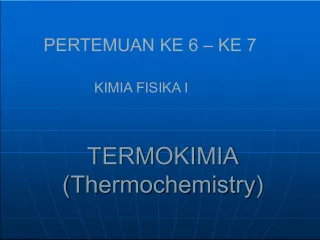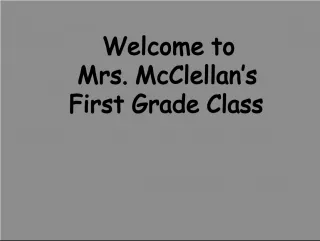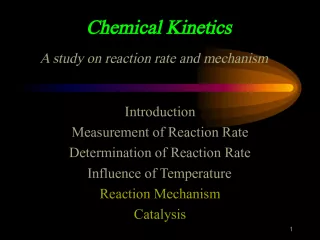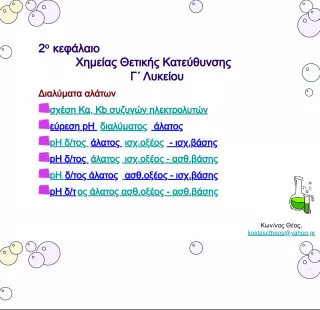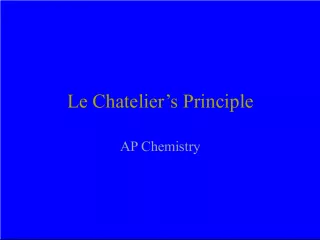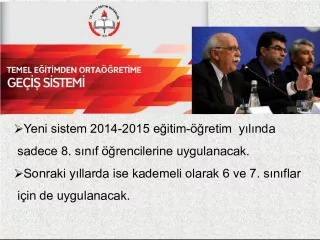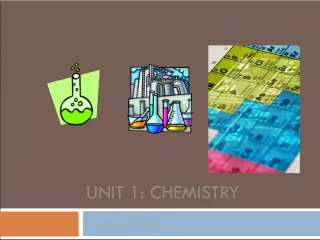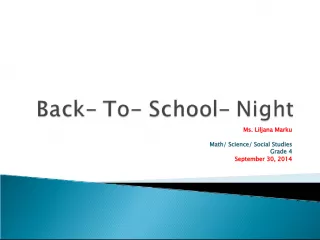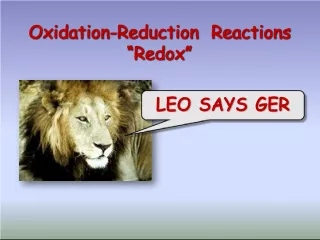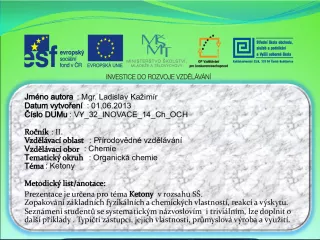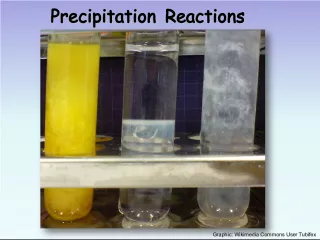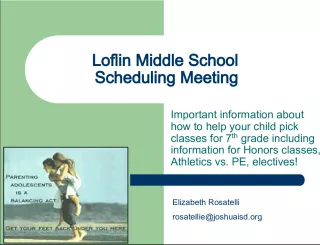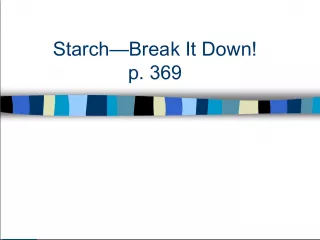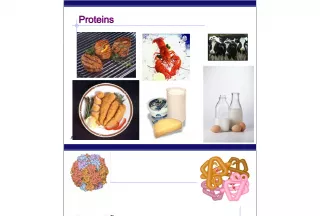Exploring Chemical Reactions in Grade 10 Applied Chemistry Class
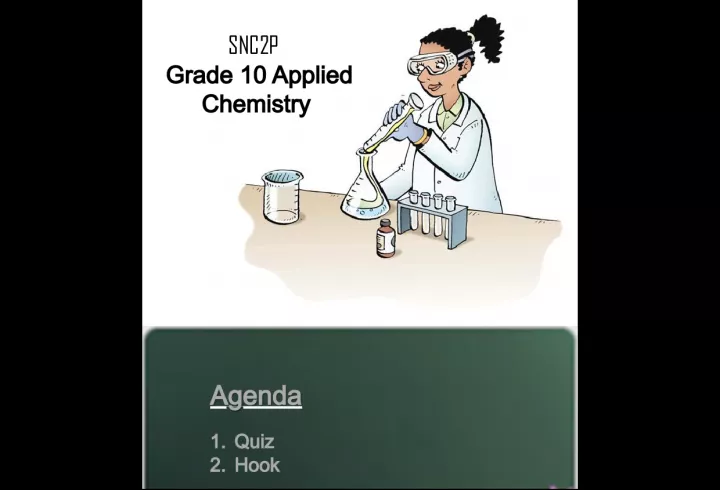

This class focuses on the BIG IDEAS of chemical reactions and provides useful teaching strategies to help students understand the concepts through quizzes, hooks, concept maps, and group activities.
- Uploaded on | 3 Views
-
 penelope
penelope
About Exploring Chemical Reactions in Grade 10 Applied Chemistry Class
PowerPoint presentation about 'Exploring Chemical Reactions in Grade 10 Applied Chemistry Class'. This presentation describes the topic on This class focuses on the BIG IDEAS of chemical reactions and provides useful teaching strategies to help students understand the concepts through quizzes, hooks, concept maps, and group activities.. The key topics included in this slideshow are SNC2P, chemical reactions, misconceptions, teaching strategies, group activity, BIG IDEAS,. Download this presentation absolutely free.
Presentation Transcript
1. SNC2P Grade 10 Applied Chemistry
2. Agenda Agenda 1. Quiz 2. Hook 3. Concept Map 4. Misconceptions 5. Useful Teaching Strategies 6. Group Activity 7. Carousel!!
3. BIG IDEAS BIG IDEAS Chemical reactions are a necessary component of chemical products and processes used in the home and workplace Chemical reactions are a necessary component of chemical products and processes used in the home and workplace Chemicals react with one another in predictable ways Chemicals react with one another in predictable ways
4. C3 . Demonstrate an understanding of simple chemical reactions language represent simple chemical reactions and the language and ways to represent them. appropriate terminology C2.1 Use appropriate terminology related to chemical reactions, including, but not limited to: antacid, dilute, neutralization molecular models C2.2 Construct molecular models of simple chemical reactions and produce diagrams of these models on, product, reactant, and word equation
5. C2. Investigate, inquiry through inquiry , the characteristics of simple chemical reactions simple chemical reactions C2.3 Conduct and observe inquiries related to simple chemical reactions simple chemical reactions , and represent them using a variety of formats C2.4 Use an inquiry process to investigate the law of conservation of mass law of conservation of mass in a chemical reaction C2.5 Use an inquiry process to investigate acid-base neutralization reactions acid-base neutralization reactions classify some common substances C2.6 Conduct an inquiry to classify some common substances as acidic, basic, or neutral
6. common products environmental hazards C1. Analyse how chemical reactions are employed in common products and processes, and assess the safety and environmental hazards associated with them function of chemical reactions in the production of selected products home workplace C1.1 Analyse, on the basis of research, the function of chemical reactions in the production of selected products and/or in processes commonly encountered at home or in the workplace and communicate their findings chemical reactions in a particular professions handling and disposal of chemicals C1.2 Identify practical applications of chemical reactions in a particular professions and assess the associated hazards, including hazards associated with the handling and disposal of chemicals applications of acid-base reactions C2.7 Investigate applications of acid-base reactions in common products and processes
7. 4. Antacid Test 4. Antacid Test 3. pH Test 3. pH Test 1. Marsh- mallow Activity 1. Marsh- mallow Activity 2. Computer Simulation 2. Computer Simulation 5. STSE 5. STSE
8. MISCONCEPTIONS, you are BUSTED! MISCONCEPTIONS, you are BUSTED!
9. MISCONCEPTION #1 MISCONCEPTION #1 T T a a b b l l e e s s a a l l t t i i s s t t h h e e o o n n l l y y s s a a l l t t . .
10. MISCONCEPTION #2 MISCONCEPTION #2 - M M o o l l e e c c u u l l a a r r c c o o m m p p o o u u n n d d s s c c a a n n b b e e s s i i m m p p l l i i f f i i e e d d . . -
11. MISCONCEPTION #3 MISCONCEPTION #3 G G a a s s e e s s a a r r e e m m a a s s s s l l e e s s s s - -
12. MISCONCEPTION #4 MISCONCEPTION #4 A A l l l l a a c c i i d d s s a a n n d d b b a a s s e e s s a a r r e e d d a a n n g g e e r r o o u u s s - - - -
13. MISCONCEPTION # 5 MISCONCEPTION # 5 A A n n y y a a c c i i d d ( ( w w e e a a k k o o r r s s t t r r o o n n g g ) ) w w i i l l l l n n e e u u t t r r a a l l i i z z e e a a n n y y b b a a s s e e ( ( w w e e a a k k o o r r s s t t r r o o n n g g ) ) . . -
14. Cue Cards Cue Cards Flash Cards Flash Cards Repetition Repetition
17. Using mnemonics and analogies H appy He nry L ikes Be er B ut C ould N ot O btain F ood
18. R R e e l l a a t t i i o o n n s s h h i i p p s s S S t t a a r r t t w w i i t t h h C C h h e e m m i i s s t t r r y y
